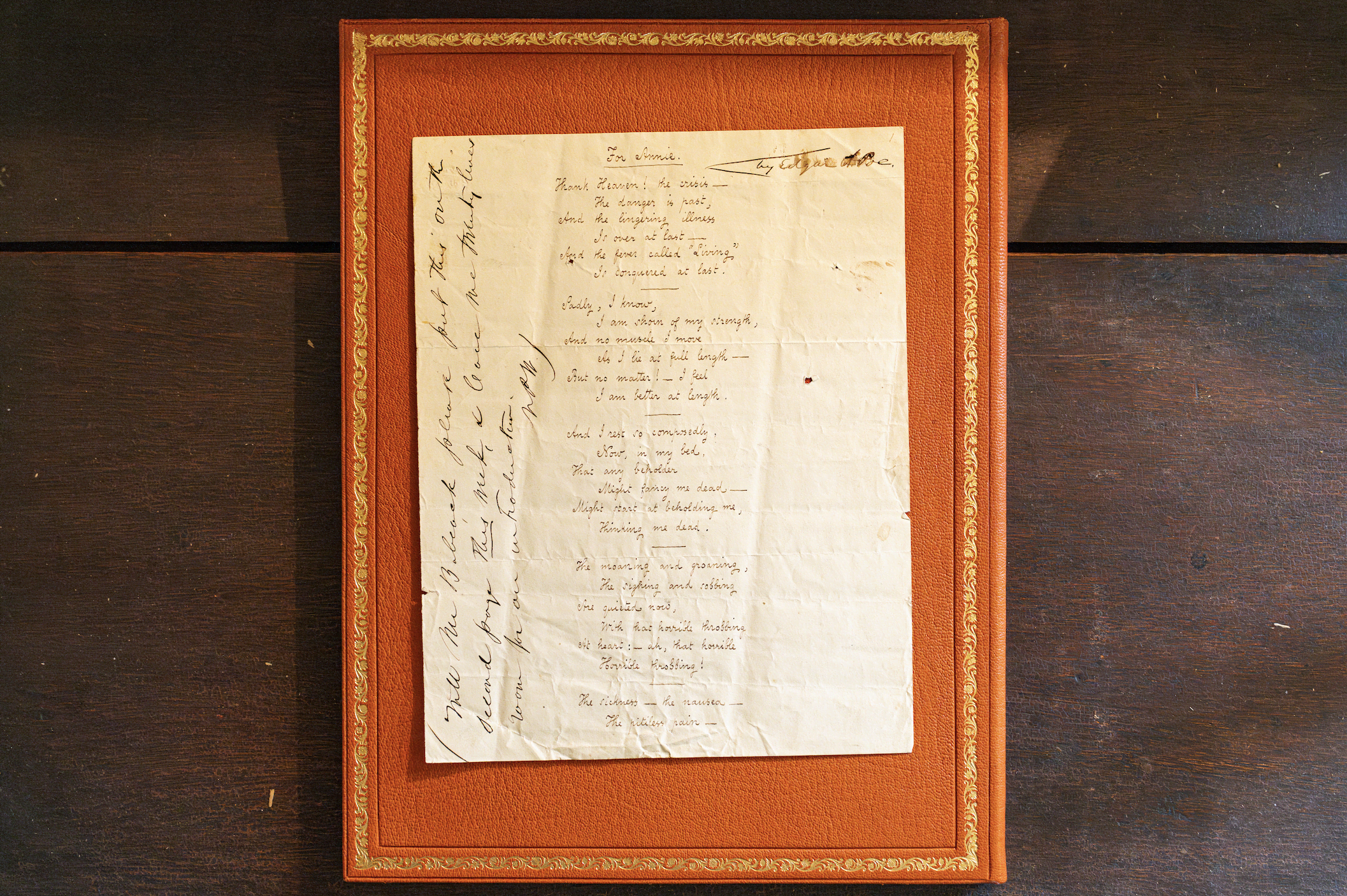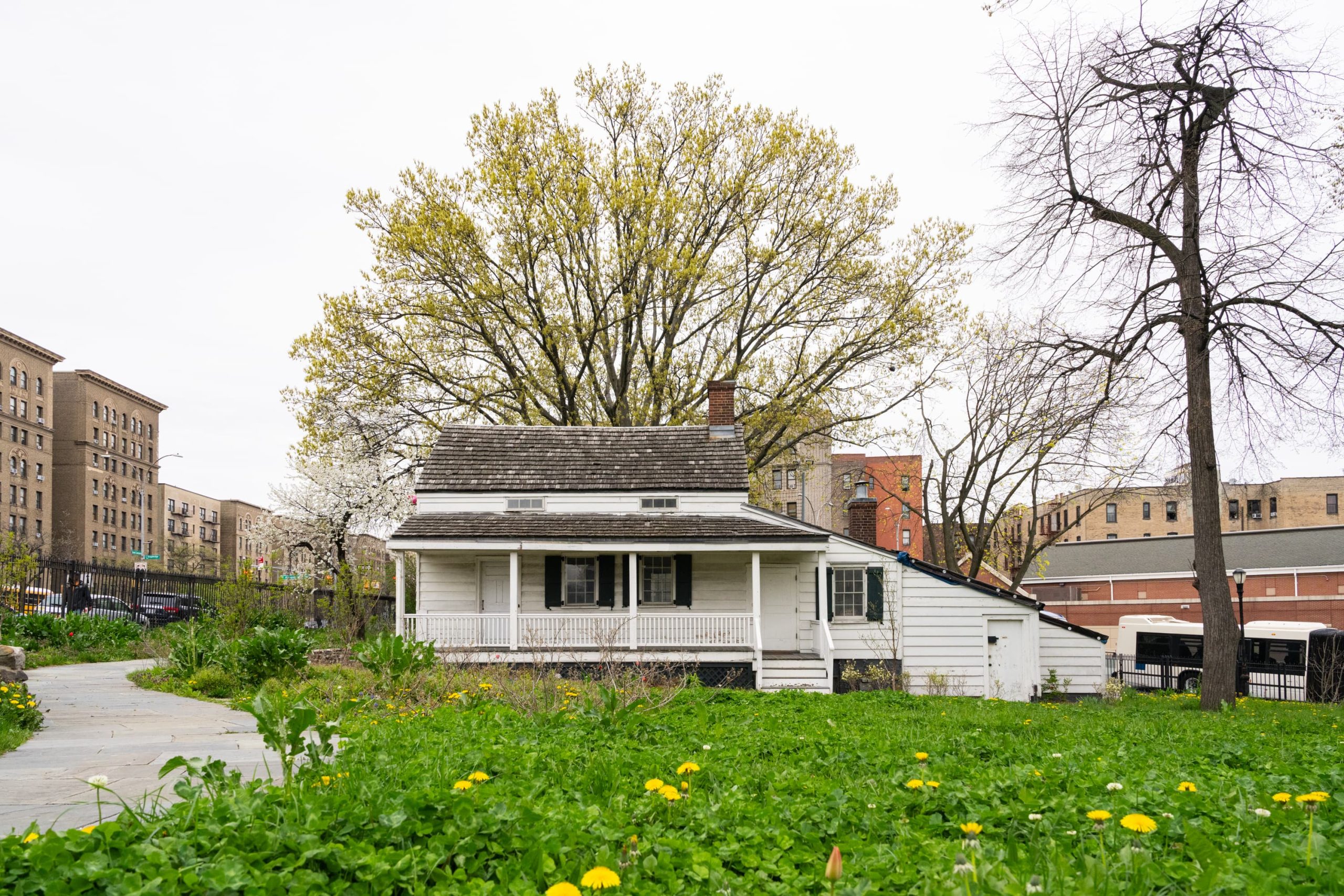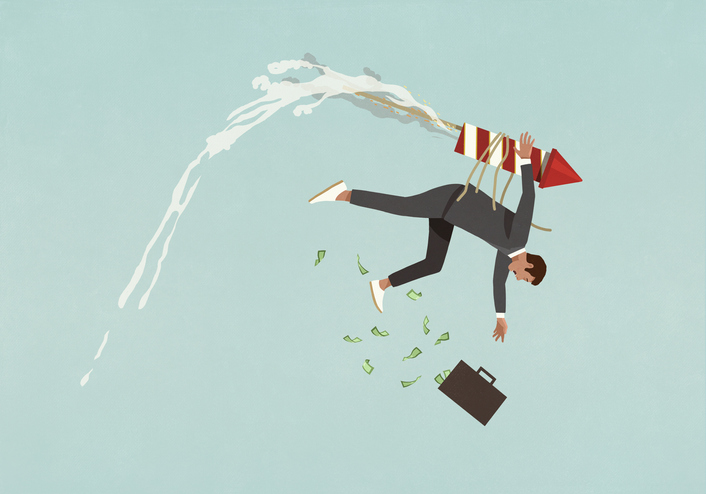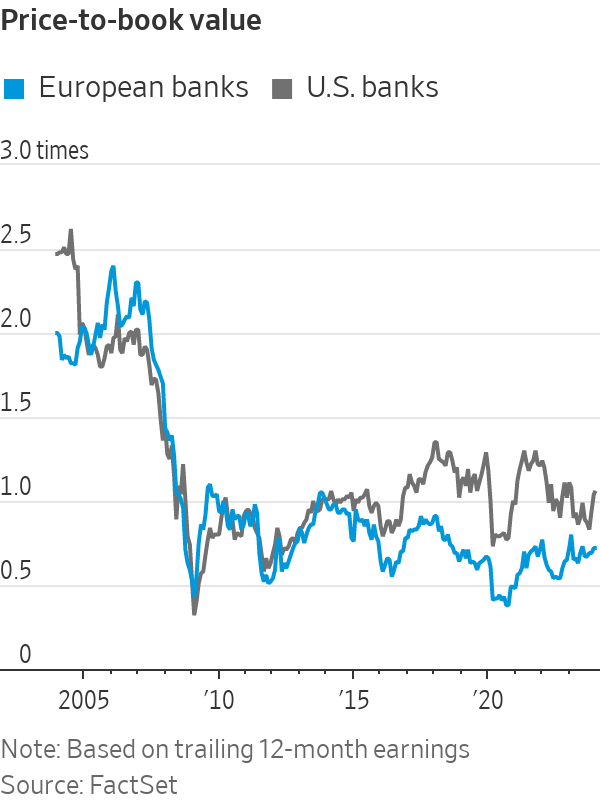How to Understand The Small-Stock Rally
Small-caps are drubbing large ones this year. What does it mean for what’s ahead?
Small stocks so far this year have beaten their large-capitalisation brethren by a wider margin than they have in more than two decades, raising questions about what is driving the outperformance and what it means for the overall market ahead.
The year-to-date return for small-caps through the end of February was a remarkable 25 percentage points greater than that of large-caps (as measured by the 20% of stocks with the smallest market caps vs. the comparative quintile of the largest). While it isn’t unexpected for small-cap portfolios to beat large-caps over time—a long-term tendency that Wall Street analysts refer to as the “size effect”—what is unusual is the magnitude of the outperformance. It has averaged just 0.9 percentage point over all two-month periods since 1926, according to data from Dartmouth professor Ken French.
You have to go back to January and February of 2000, at the top of the internet-stock bubble on Wall Street, to find a two-month stretch in which the small-caps beat the large-caps by more. Their margin of outperformance over those two months was 41 percentage points.
Any parallel to the top of the internet-stock bubble is ominous, to be sure. But there are several idiosyncrasies to small-caps’ recent performance that stand in the way of drawing any straightforward analogies to the frenzy in small stocks that heralded the 2000 tech-stock crash.
Indeed, according to several researchers, small-caps’ recent strength may actually be something else in disguise—that is, it may have to do with factors other than just size, such as the battle between growth and value stocks.
That doesn’t mean there is nothing to worry about in this bull market, where valuations are stretched thin for many stocks. But it does mean that investors who are focused solely on the small-cap/large-cap divergence could be missing the bigger picture.
Here’s why.
1. Value versus growth
One distinction that is crucial for understanding the relative strength of small-caps this year has to do with where small- and large-cap stocks lie on the growth-versus-value spectrum. Small-cap stocks currently are far closer to the value end of the spectrum than large-caps, meaning they are trading for lower prices relative to their net worth.
A stock’s place on this spectrum is defined by its ratio of price to per-share book value, with the highest ratios at the growth extreme and the lowest at the value extreme. Consider the Russell Microcap Index, which contains the smallest 1,000 stocks in the broad-market Russell 3000 index. Its average price-to-book ratio was 2.5 as of the end of February, according to Russell Indexes. That compares with a 4.2 ratio for the Russell 1000 Index (which contains the largest 1,000 stocks) and a 5.7 ratio for the Russell Top 50 Mega-Cap Index (which contains the largest 50 stocks).
These are significant differences, according to Kent Daniel, a finance professor at Columbia University and a former co-chief investment officer at Goldman Sachs. He says that, on average, small-cap growth stocks tend to underperform the market, while small-cap value stocks tend to outperform. Since 1926, he says, the smallest-cap stocks closest to the growth end of the spectrum have lost 3.3% annualized, while the smallest most value-oriented stocks have gained 13.3% annualized.
This pattern has been especially strong in recent months, making it difficult to determine what accounts for small-caps’ relative strength this year. But Prof. Daniel says there is the distinct possibility that it is really a “value effect masquerading as a size effect.” If so, a bet on small-cap relative strength continuing is really a bet that value will outperform growth.
That bet may pay off in coming months, he says, and value could continue to outperform growth for many years. But he also says that value stocks have lagged behind growth stocks for at least a decade now, and while there have been numerous predictions of a value resurgence over that time, it hasn’t happened—at least not yet.
2. Sector bets
The benchmark indexes for small-caps and large-caps have different sector weightings, which also makes it difficult to gauge whether the recent relative strength of small-caps is actually due to company size.
Consider the information-technology sector. The ETF benchmarked to the largest 50 stocks currently has a 38.6% weighting to this sector, more than three times the 12.7% weighting of the Russell Microcap Index.
Conversely, the microcap index has more than 10 times the weighting of the largest-50-stock ETF to the industrials sector (11.7% versus 0.8%) and more than double the allocation to the financials sector (17.6% to 7.1%).
These differences are a big part of small-caps’ year-to-date performance, since industrials and financials have each outperformed the information-technology sector. It was just the opposite for calendar 2020, and sure enough, the smallest stocks lagged behind the largest last year.
Until there are small-cap and large-cap benchmarks with the same sector weightings—Prof. Daniel says he is unaware of any currently—it will be difficult to determine what is driving small stocks’ relative strength. If it is being caused by differences in sector weightings, however, it is likely to persist only if the sectors in which the small-caps are overweight continue outperforming.
3. Is the small-cap effect real?
This discussion also points to a more fundamental question that many researchers have been asking in recent years: Does the small-cap effect even exist, in and of itself? That is, do smaller firms really have higher returns than larger firms, on average, over long periods?
Andrea Frazzini, a principal at AQR Capital Management and an adjunct professor of finance at New York University, has concluded that it exists only among a very narrow group of stocks. He says that some of the relative strength of small-caps in recent months traces to speculative fervour for stocks outside that narrow group, making it risky to bet that it will continue.
According to his research, small-caps are a good bet to outperform the large-caps only if you limit your focus to companies with high financial quality. By financial quality he means firms that are profitable, have robust profit growth and a stable earnings stream and a high dividend-payout policy, among other characteristics. Many of the small companies that have performed the best so far this year don’t qualify.
Companies that have been bid higher in recent weeks through social-media investor campaigns—such as GameStop and AMC Entertainment—are two obvious examples, but they are hardly alone in not qualifying for Prof. Frazzini’s high-quality category. Nearly half of the 2,000 companies in the Russell 2000 small-stock index, for example, lost money in 2020.
Prof. Frazzini’s research therefore suggests that, if you want to bet on a continuation of recent small-cap relative strength, you should focus on small stocks that score high on various measures of financial strength, safety and quality. And don’t sweat the comparisons to that internet-stock frenzy of 20 years ago.
 Copyright 2020, Dow Jones & Company, Inc. All Rights Reserved Worldwide. LEARN MORE
Copyright 2020, Dow Jones & Company, Inc. All Rights Reserved Worldwide. LEARN MORE
This stylish family home combines a classic palette and finishes with a flexible floorplan
Just 55 minutes from Sydney, make this your creative getaway located in the majestic Hawkesbury region.
An original watercolour illustration for the cover of Harry Potter and the Philosopher’s Stone, 1997 — the first book in J.K. Rowling’s hit series—could sell for US$600,000 at a Sotheby’s auction this summer.
The illustration is headlining a June 26 sale in New York that will also feature big-ticket items from the collection of the late Dr. Rodney P. Swantko, a surgeon and collector from Indiana, including manuscripts by poet Edgar Allan Poe and Arthur Conan Doyle, author of the Sherlock Holmes books
The Harry Potter illustration, which introduced the young wizard character to the world, is expected to sell for between US$400,000 to US$600,000, which would make it the highest-priced item ever sold related to the Harry Potter world. This is the second time the illustration has been sold, however—it was on the auction block at Sotheby’s in London in 2001, where it achieved £85,750 (US$107,316).
The artist of the illustration, Thomas Taylor, was 23 years old at the time and a graduate student working at a children’s bookshop. According to Sotheby’s, Taylor took a “professional commission from an unknown author to visualise a unique wizarding world,” Sotheby’s said in a news release. He depicted Harry Potter boarding the train to Hogwarts on platform9 ¾ platform, and the illustration became the “universal image” of the Harry Potter series, Sotheby’s said.
“It is exciting to see the painting that marks the very start of my career, decades later and as bright as ever! It takes me back to the experience of reading Harry Potter for the first time—one of the first people in the world to do so—and the process of creating what is now an iconic image,” Taylor said in the release.
Meanwhile, to commemorate the 175th anniversary of Edgar Allan Poe’s For Annie , 1849, Sotheby’s recently reunited the autographed manuscript of the poem with the author’s home, Poe Cottage, in the Bronx.
The cottage is where the author lived with his wife, Virginia, and mother-in-law, Maria Clemm, from 1846 until he died in 1849. The manuscript, also from the Swantko collection, will remain at the home until it is offered at auction at Sotheby’s on June 26 with an estimate between US$400,000 and US$600,000.

Matthew Borowick for Sotheby’s
Poe Cottage, preserved and overseen by the Bronx County Historical Society, is home to many of the author’s famous works, including Eureka , 1948, and Annabel Lee , 1927.
“To reunite the For Annie manuscript with the Poe Cottage nearly two centuries after it was first composed brought to life literary history for a truly special and unique occasion,” Richard Austin , Sotheby’s Global Head of Books & Manuscripts, said in a news release.
For Annie was one of Poe’s most important compositions, and was addressed to Nancy “Annie” L. Richmond, one of the several women Poe pursued after his wife Viriginia’s death from tuberculosis in 1847.
In a letter to Richmond herself, Poe proclaimed For Annie was his best work: “I think the lines For Annie much the best I have ever written.”
The poem was composed in 1849, only months before Poe’s death, Sotheby’s said in the piece, Poe highlights the romantic comfort he feels from a woman named Annie while simultaneously grappling with the darkness of death, with lines like “And the fever called ‘living’ is conquered at last.”

Matthew Borowick for Sotheby’s
In the margins of the manuscript are the original handwritten instructions by Nathaniel P. Willis, co-editor of the New York Home Journal, where Poe published other poems such as The Raven and submitted For Annie on April 20, 1849.
Willis added Poe’s name in the top right and instructions about printing and presenting the poem on the side. The poem was also published in the Boston Weekly that same month.
Another piece of literary history included in the Swantko sale could surpass US$1 million. Conan Doyle’s autographed manuscript of the Sherlock Holmes tale The Sign of Four , 1889, is estimated to achieve between US$800,000 and US$1.2 million.
Just 55 minutes from Sydney, make this your creative getaway located in the majestic Hawkesbury region.
This stylish family home combines a classic palette and finishes with a flexible floorplan






















